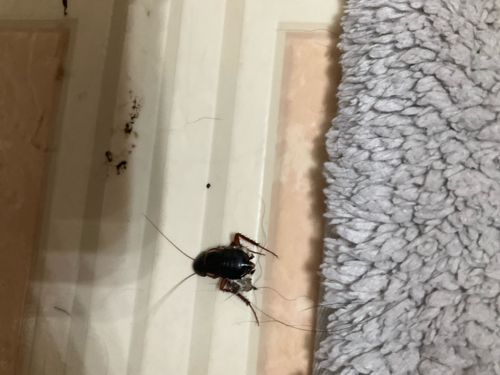Oriental Cockroach
Scientific Name: Blatta orientalis
Order & Family: Blattodea, Blattidae
Size: Adults range from 25 to 30 mm (1.0 to 1.2 inches) in length.

Natural Habitat
Prefers cool, damp, and dark places. Commonly found outdoors in sewers, drains, landfills, leaf litter, and under rocks or decaying logs. Indoors, they infest basements, crawl spaces, utility ducts, bathrooms, kitchens, and areas around pipes, sinks, and drains. They are less common in upper levels of buildings.
Diet & Feeding
Omnivorous scavengers, feeding on a wide variety of organic matter including decaying plant and animal matter, garbage, food crumbs, starches, and other household debris. They are attracted to damp, decaying materials.
Behavior Patterns
Nocturnal, active at night, hiding in dark, secluded places during the day. They are fast runners and can often be found near sources of water. Males may fly, while females typically do not or are flightless.
Risks & Benefits
Potential risks to humans include carrying and spreading pathogens (bacteria, viruses, fungi, protozoa) on their bodies and in their feces, contributing to food contamination, triggering allergies and asthma, and producing unpleasant odors. They are considered significant household pests. There are no direct benefits to humans from their presence indoors, but they play a role in decomposition in outdoor ecosystems.
Identified on: 8/11/2025